How to Insulate a Sunroom?
The concept of a sunroom was created many years ago to trap sunlight and keep the home warm. Today, sunrooms are being used for relaxation and to enjoy natural lighting. Due to weather conditions, uninsulated sunrooms can become unbearable during summer or winter. This is because sunrooms are designed to have large windows, causing significant heat loss.
Proper insulation offers a lasting solution to keeping your sunroom warm all year round. Sunroom insulation involves sealing window frames and adding insulating material to different parts. You can transform your sunroom by insulating the walls, door, window frames, ceiling, and floor properly.
In this post, we will discuss the benefits of insulating a sunroom and highlight common sunroom structures. This post includes a detailed step-by-step on how to insulate a sunroom and maintenance tips for insulation.
Why Insulating Your Sunroom Matters
Knowing how to insulate a sunroom is a reliable way to prevent heat loss and maintain a stable temperature all year. It improves the comfort, efficiency, and usability of sunrooms. Weatherproofing sunroom with an insulating material protects it from getting too hot during summer and too cold during winter.
Proper insulation reduces energy consumption by minimizing the load on your HVAC system. It leads to savings, creates an airtight environment, and reduces your carbon footprint. Insulation improves air quality in sunrooms by blocking out toxins and air pollutants. Insulation improves soundproofing in sunrooms, making the space more conducive for other activities.
Understanding Sunroom Structures
Sunrooms are home extensions built to enjoy natural light. They are built with glazed windows to experience an outdoor feeling without buzzing mosquito sounds or strong winds. Sunrooms come in different types, and they are classified based on their unique usage. Here are 3 common sunroom structures;
1. Three-Seasons Sunroom
A three-season sunroom is designed to provide comfort only in spring, fall, and summer. It features several large single-floor-ceiling windows and doors for expansive viewing. The window and door frames are built with lightweight materials like aluminum, which allows easy heat transfer between the sunroom and the environment. Glass roofs are installed for maximum sunlight but are less efficient at reducing heat transfer.
The large windows are installed on 2 to 3 sides of the sunroom to provide enough sunlight. Three-season sunrooms have little insulation as they are not meant for cold climates. It is an affordable sunroom to construct compared to other types.
2. Four-Seasons Sunroom
A Four-seasons sunroom is designed to provide comfort all year, including winter. It also features several large floor-to-ceiling windows and doors for expansive viewing. The windows have double-pane glass to reduce heat loss. The doors and windows of a four-season sunroom are built using thermally insulated materials to withstand winter. It features insulated panel roofs for consistent temperature regulation all year.
Four-season sunrooms use better-quality and expensive materials. It has an HVAC system for more comfort, making it more expensive to construct than three-season sunrooms.
3.Conservatory
Conservatories are old, elegant home extensions that feature large floor-to-ceiling glass walls and roofs. They are built to maximize sunlight. Thus, they are commonly used as greenhouses for plant cultivation or relaxation spots. Conservatories are usually uninsulated and suitable for relaxation when the weather is warm. Solarium is another type of sunroom that shares close similarities with conservatories.
|
3-Season Sunroom |
4-season Sunroom |
|
|
Materials |
Lightweight materials |
Thick & thermally insulated materials |
|
Seasons |
Spring, fall, and Summer |
Spring, fall, Winter, and Summer |
|
Installation Cost |
$10,000 - $40,000 |
$25,000 - $40,000 |
|
Windows |
Single-pane windows |
Double-pane windows |
|
HVAC |
No |
Yes |
|
Roofs |
Glass roofs |
Insulated panel roofs |
Choosing the Right Insulation Materials
The right insulation material makes all the difference by reducing energy consumption and improving comfort. Here are common insulation materials used for sunrooms.
1. Spray Foam
Spray foam is popular for its excellent air-sealing properties and thermal resistance. It is the best insulation for sunrooms. It is applied as a liquid and allowed to solidify and form a strong barrier against heat transfer. Spray foam offers an R-value of R3.5 - R8 per inch thickness, making it the perfect insulation for cold climates.
Spray foam improves moisture control and deters pests in sunrooms. It is effective in preventing mold growth and mildew. In addition, foam insulation offers excellent soundproofing properties. It is the ideal material for insulating sunroom roofs. Spray foam insulation is expensive to install. The cost to insulate a sunroom with spray foam is around $1 - $4.5 per square foot.
2. Fiberglass
Fiberglass is one of the most widely used insulation materials for sunrooms. It is popular because of its easy installation process and affordability. It is made from refined glass fibers that act as a good insulator to trap air pockets effectively. Fiberglass insulation is applied as batts or rolls to fit the walls, ceiling, and floor of sunrooms. It offers decent thermal resistance with an R-value of R3-R5 but poor moisture resistance.
3. Cellulose
Cellulose insulation is an eco-friendly insulation material made from recycled paper. It is applied to walls or ceilings by blowing in using specialized machines. Cellulose insulation offers excellent thermal performance and resists pests effectively. Cellulose insulation is treated to reduce flammability and pest attraction. It is an affordable insulation option and suitable for people with allergies or asthma. However, cellulose insulation can absorb moisture gradually, causing problems such as mold growth.
4. Rigid foam boards
Rigid foam board insulation is made from polystyrene or polyisocyanurate. The boards are lightweight and easy to install. They are installed by fitting the boards into the wall studs, ceiling, and floors of a sunroom. They provide strong thermal and moisture resistance.
5. Reflective insulation
Reflective insulation is designed to reflect radiant energy from the sun. It is installed using reflective material such as aluminum foil. The reflective materials are used in sunroom insulation where large glass surfaces and direct sunlight cause heat buildup.
Reflective insulation is effective in the walls and roofs of sunrooms where the sunlight is intense. Reflective materials reflect up to 95% of the radiant. This helps to reduce cooling costs in hot climates. Reflective insulation is easy to install and resistant to moisture. The main drawback of reflective insulation is its low R-value and ineffectiveness in cold climates.
6. Aerogels Insulation
Aerogel insulation is an advanced insulation option, popular for its superior thermal performance and lightweight. Aerogel insulation is composed mainly of silica and air. Aerogel insulation is applied in thin sheets/blankets in the walls, ceilings, and around window frames of sunrooms.
Aerogel insulation offers lower thermal conductivity without eating up in sunrooms. It is easy to install and highly durable. Aerogel insulation offers resistance to moisture, UV exposure, and fire.
Step-by-Step Guide to Insulating Your Sunroom
Proper installation is the key to perfect sunroom insulation. Here is a step-by-step guide on how to insulate a sunroom for winter or summer.
1. Assessing Your Sunroom’s Current Insulation
The first thing to do before sunroom insulation is to assess the current state of your sunroom. Assess your sunroom for air leaks, existing insulation, and structural issues. Having knowledge of your sunroom's structure will help you select the right insulation.
2. Choose Insulation
Select the sunroom insulation based on climate, sunroom structure, and budget. Spray foam insulation is expensive but perfect for all sunroom structures. It remains the best way to insulate a sunroom. On the other hand, reflective insulation and fiberglass insulation are cheaper options.
3. Sealing Gaps And Cracks
Gaps, holes, and cracks around windows and doors cause air leaks. Address the gaps and cracks in your sunroom by sealing them with caulks, sealants, or weatherstripping. This is essential to reduce heating or cooling bills and prevent air from escaping.
4. Insulating Walls
Cover the sunroom wall with insulation. For framed walls, fill the wall cavities with spray foam or fiberglass. Apply the insulation properly to fill the entire wall stud, leaving no space for gaps.
5. Insulating The Ceiling/Roof
Insulating sunroom roofs prevents heat from escaping during winter. Likewise, sunroom ceiling insulation prevents increased temperature in summer. Spray foam insulation is the perfect material to cover all types of ceilings or roofs. It seals tiny spaces in the ceiling that can allow heat transfer into your sunrooms. Reflective and fiberglass insulation can be used for ceiling insulation.
6. Insulating The Floor
Floor insulation is essential to keep the sunroom warm in winter, especially if it is above your crawl space. Install spray foam, rigid foam, or batt insulation on the subfloors. Rigid foam insulation is used for sunroom floor insulation. In addition, cover the sunroom floor with a rug or carpet for extra comfort.
7. Sealing Windows And Doors
Sealing windows and doors properly will greatly improve energy efficiency. Weatherstripping and caulking are common ways of insulating sunroom windows or doors. Seal that tiny space between your sunroom and window. In addition, use window films or thermal curtains to protect the sunroom from radiant heat from the sun and heat loss.
DIY vs. Professional Installation
The cost to insulate a sunroom depends largely on the method of installation. You can decide to use DIY insulation or hire a professional contractor. DIY installation is a cost-effective way to save money on your sunroom insulation. With the right guidelines, DIY installation allows you to gain valuable experience. DIY installation could lead to mistakes such as poor sealing, which can reduce the effectiveness of insulation.
Professional installation comes at a higher cost. Contractors have the technical expertise to handle both large and small sunrooms. They know how to access different sunroom structures, optimal insulation, and solve any unforeseen problems. Hiring a professional costs more, but it reduces the possibility of poor insulation.
DIY installation is recommended when working in a small area. This limits wastage in case of a redo or upgrade. It also brings personal fulfillment. On the other hand, professional installation guarantees proper insulation with less hassle.
Maintenance and Energy Efficiency Tips
Proper maintenance is the next line of action after the installation of sunroom insulation. Maintenance is essential to maintain the effectiveness of insulation. Here are a few maintenance tips and energy-saving retrofits for your sunroom insulation.
-
Regular inspection routines: Inspect the sunroom windows and doors for drafts or damage. Check the weatherstripping and caulking applied around these areas. Afterward, address the problems immediately.
-
Upgrade Insulation over time: Upgrade your insulation to a more efficient option like spray foam insulation. Energy-efficient insulation helps in reducing heating and cooling bills significantly.
-
Maximizing energy savings: Seal around windows to improve energy efficiency. Opt for Kraken’s FastCoat product to ensure proper insulation in your sunroom.
Recommended Products from KrakenBond
Choosing the right product will significantly impact comfort and energy efficiency in your sunroom. KrakenBond offers the best foam insulation products for DIY and professional installation. Here are some KrakenBond products to use for insulation.
-
FastCoat Closed-cell Insulation Product: High-performance, Class A fire-rated spray foam product with an R-value of R5.66 per inch thickness. It is applied easily using a spray gun.
-
PRO low expansion Window and Door Filler: Single component polyurethane sealant for filling gaps or cracks around window and door frames.
-
Gap and Crack Filler: Fills gaps and cracks on different surfaces. Suitable for filling wall penetrations, electrical outlets, plumbing penetrations, etc.
-
PRO PestSafe Block: high quality pest block product treated with EPA registered pesticide. It comes with a gun applicator for precise application and to reduce waste.
Conclusion
Sunroom insulation is essential to improve comfort and energy savings. Insulation makes the sunroom conducive for relaxation, study, or work all year round. It reduces noise, deters pests, and improves air quality while enjoying nature’s wonderful scenery.
Understanding the different sunroom structures is key to knowing how to add insulation. Proper insulation involves choosing the right insulation material and installing it correctly.
You can either choose DIY insulation to save costs or hire a professional to get it done smoothly.
Regular maintenance and prompt action will keep your sunroom insulation effective for years. Use weatherstripping or sealants around windows to block air infiltration. Looking for the perfect spray foam material for sunroom insulation? Choose the FastCoat Product!
Author : Krakenbond Team


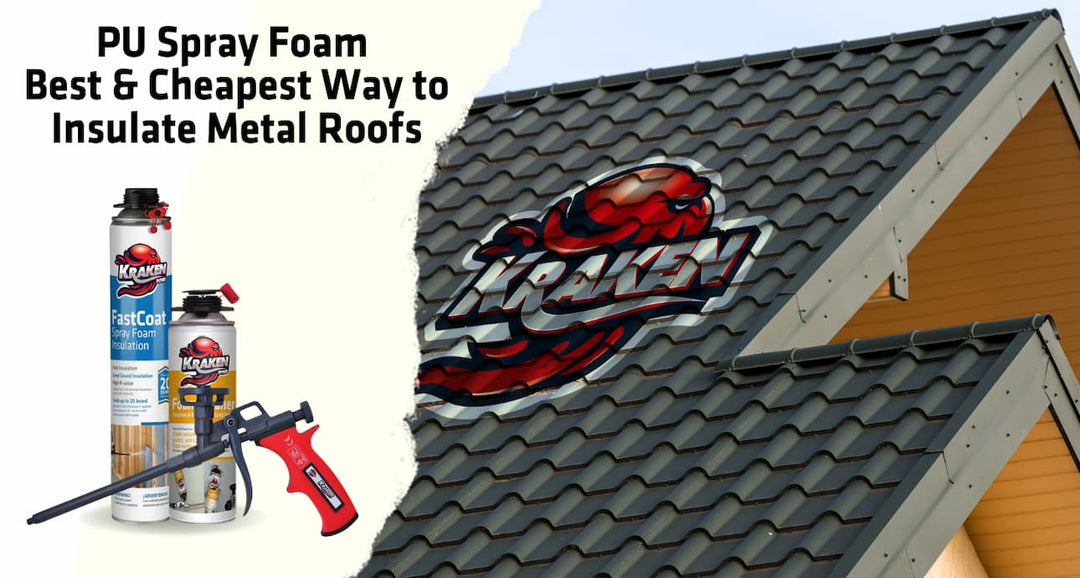
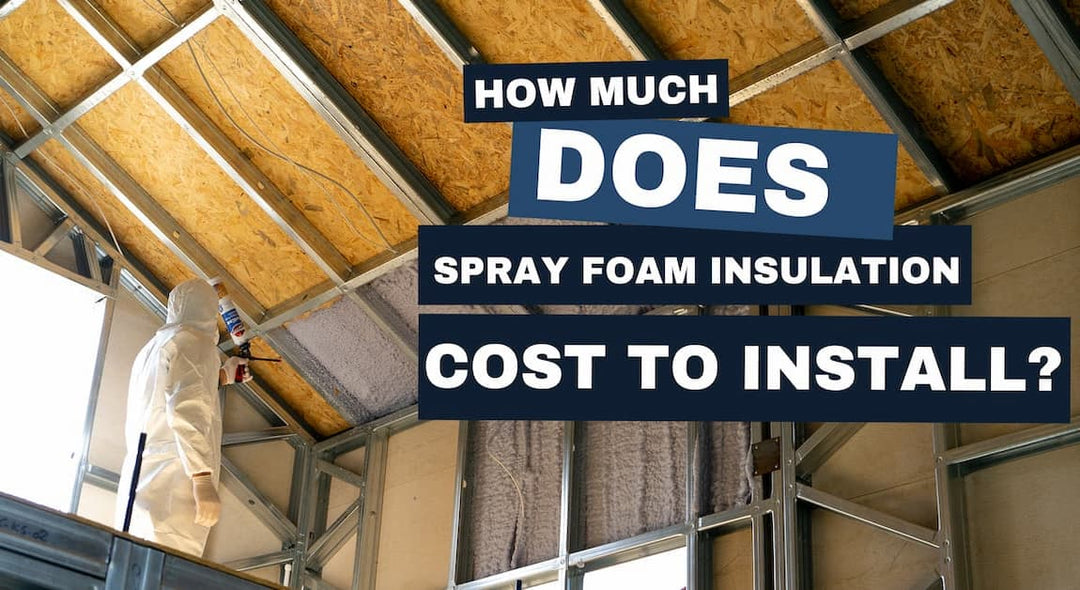
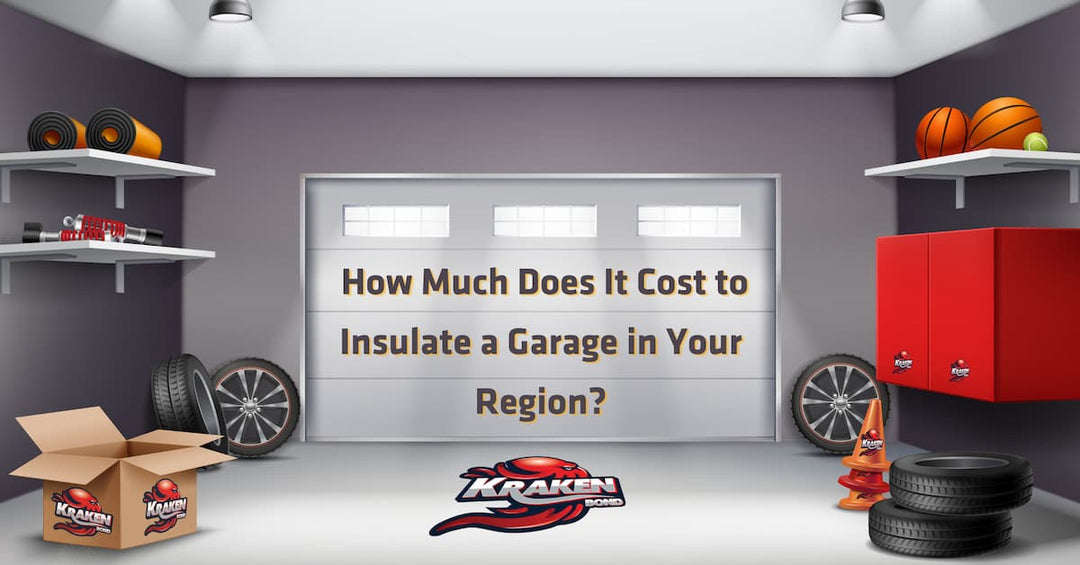
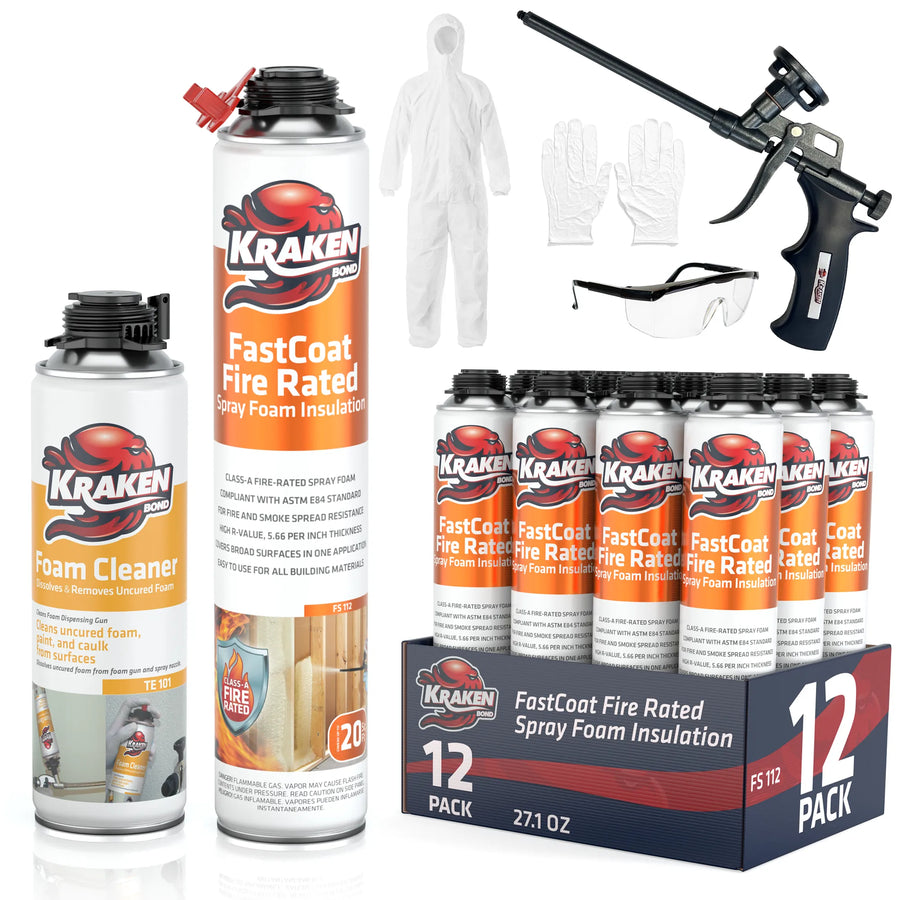




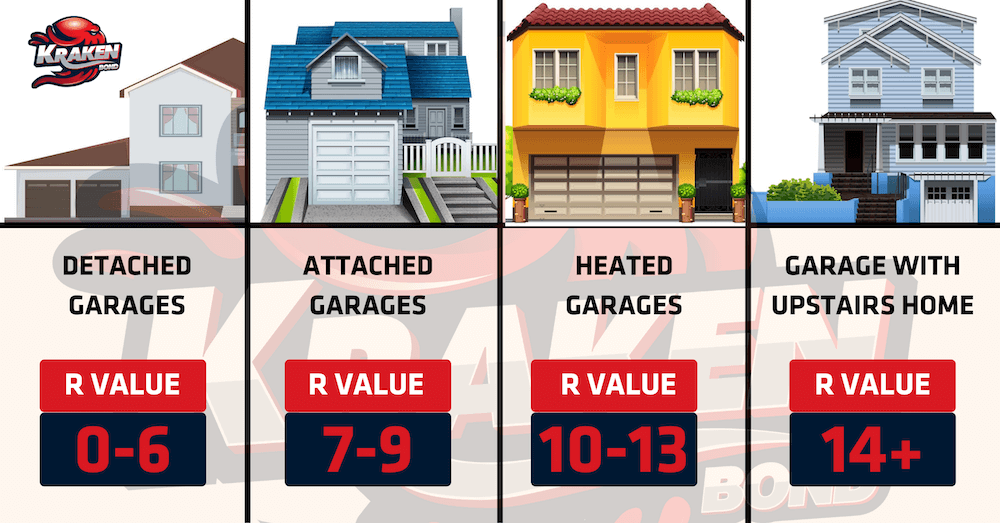
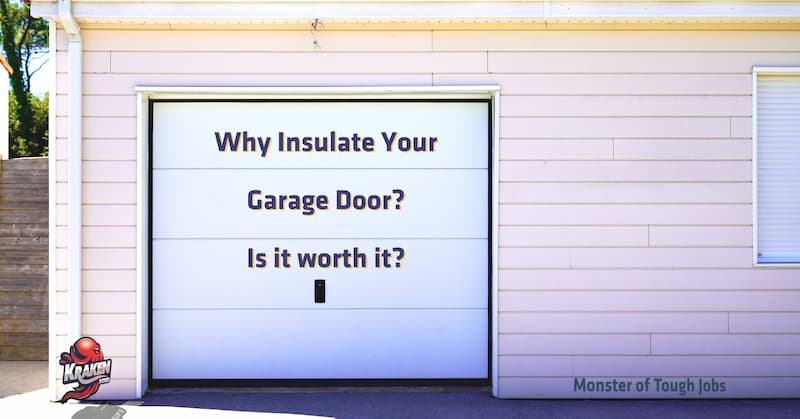
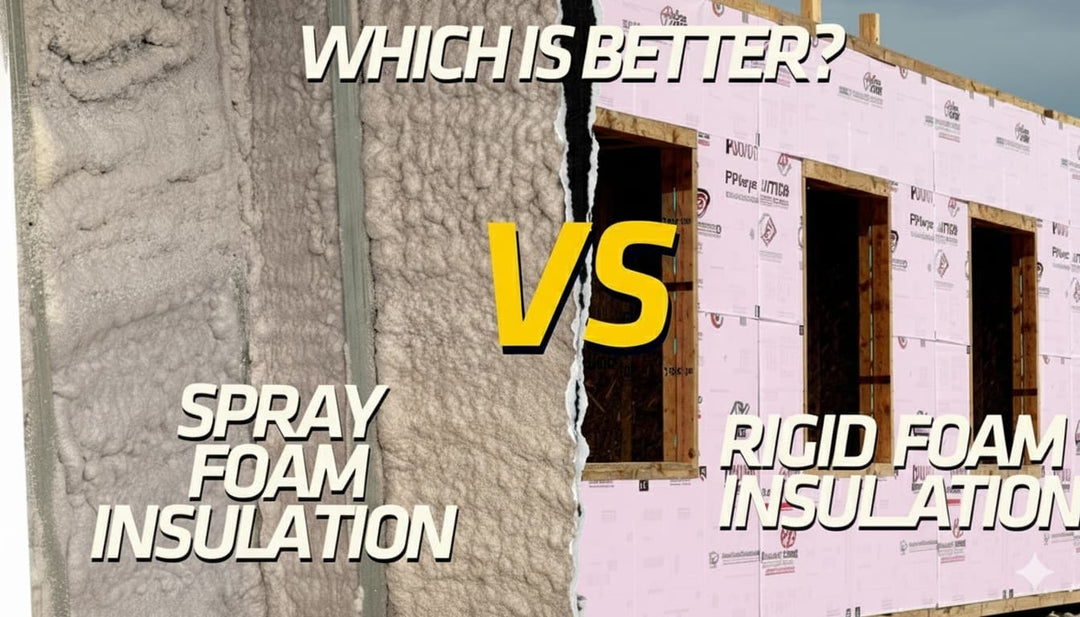
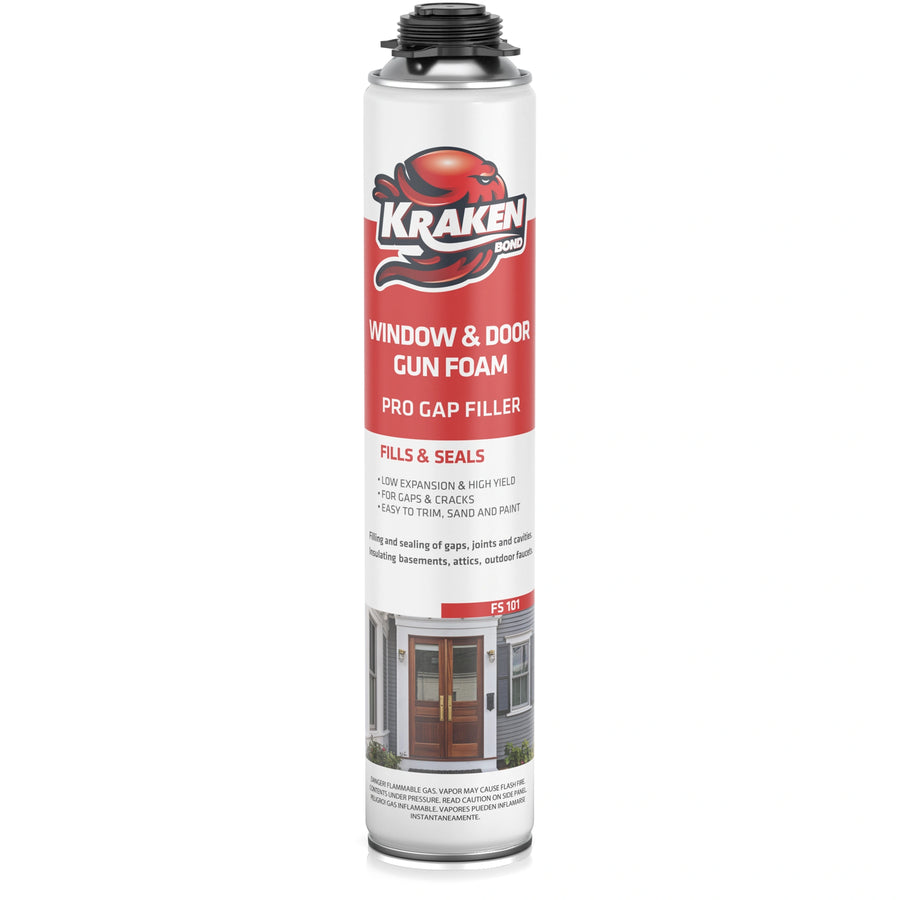
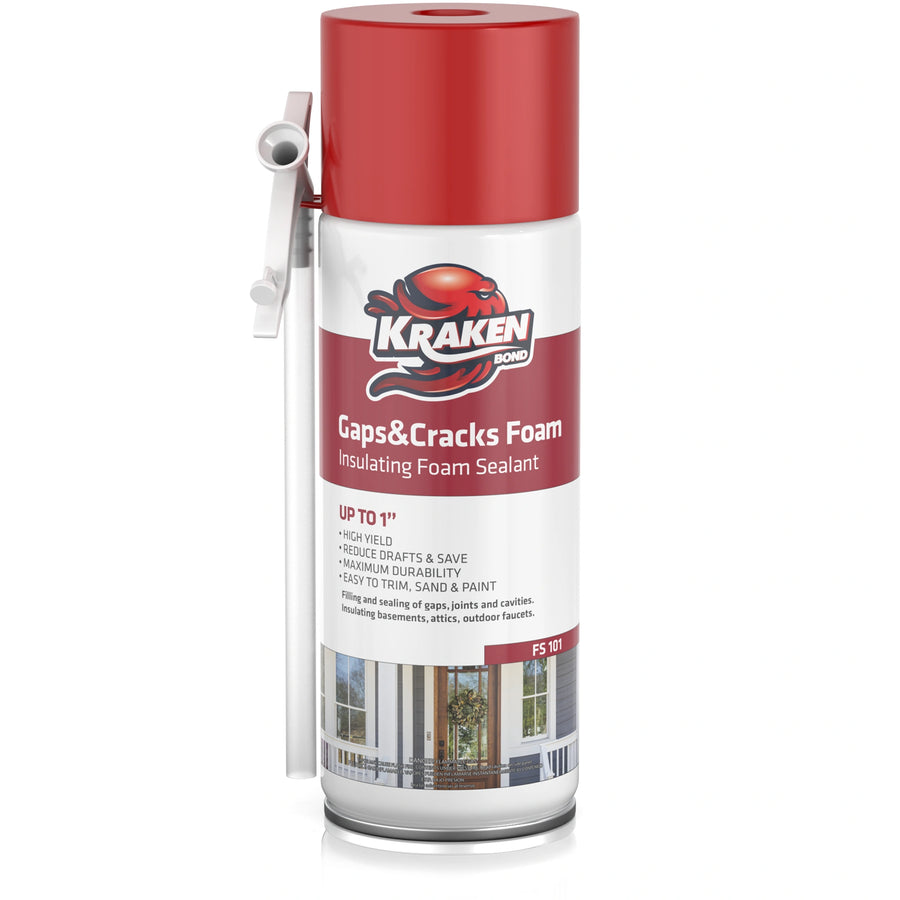
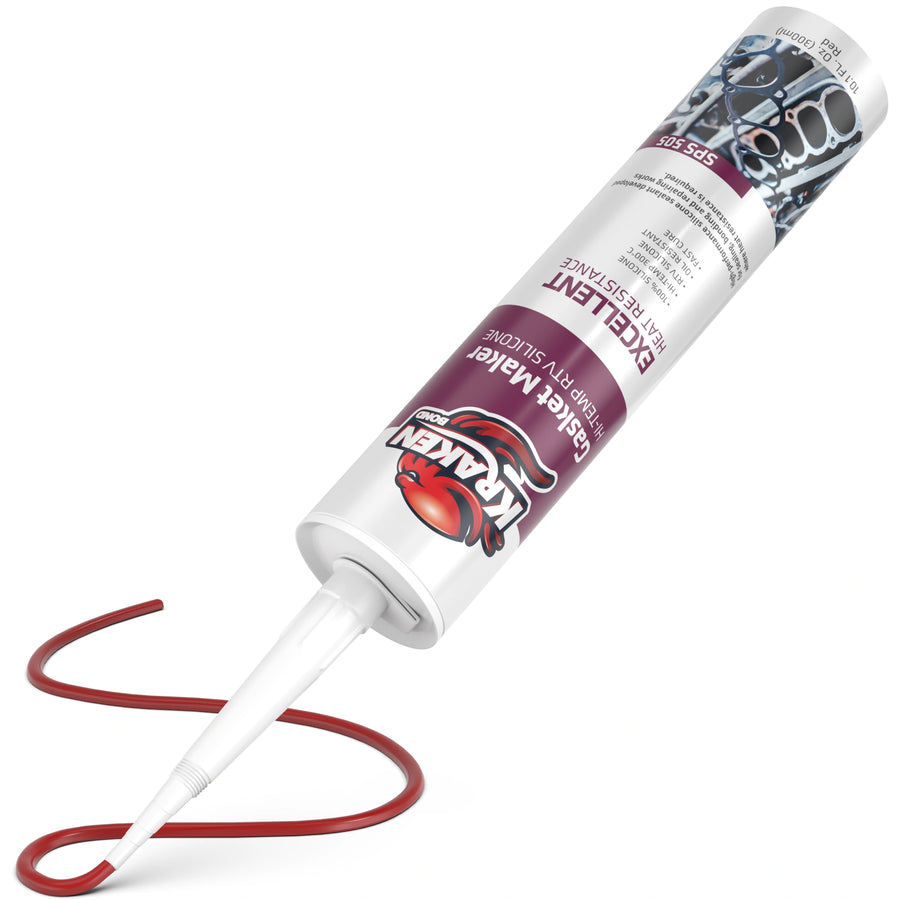
Leave a comment